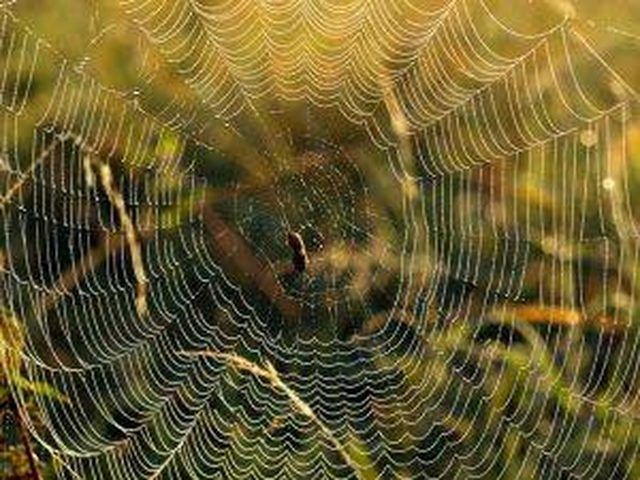Bulbs
Flower Basics
Flower Beds & Specialty Gardens
Flower Garden
Garden Furniture
Garden Gnomes
Garden Seeds
Garden Sheds
Garden Statues
Garden Tools & Supplies
Gardening Basics
Green & Organic
Groundcovers & Vines
Growing Annuals
Growing Basil
Growing Beans
Growing Berries
Growing Blueberries
Growing Cactus
Growing Corn
Growing Cotton
Growing Edibles
Growing Flowers
Growing Garlic
Growing Grapes
Growing Grass
Growing Herbs
Growing Jasmine
Growing Mint
Growing Mushrooms
Orchids
Growing Peanuts
Growing Perennials
Growing Plants
Growing Rosemary
Growing Roses
Growing Strawberries
Growing Sunflowers
Growing Thyme
Growing Tomatoes
Growing Tulips
Growing Vegetables
Herb Basics
Herb Garden
Indoor Growing
Landscaping Basics
Landscaping Patios
Landscaping Plants
Landscaping Shrubs
Landscaping Trees
Landscaping Walks & Pathways
Lawn Basics
Lawn Maintenance
Lawn Mowers
Lawn Ornaments
Lawn Planting
Lawn Tools
Outdoor Growing
Overall Landscape Planning
Pests, Weeds & Problems
Plant Basics
Rock Garden
Rose Garden
Shrubs
Soil
Specialty Gardens
Trees
Vegetable Garden
Yard Maintenance
How to Identify Spiders by Their Webs
How to Identify Spiders by Their Webs. When you think of spider webs, you may conjure up images of long sticky trails of dusty webs clinging to the attic beams, but many spiders create elaborate webs designed to attract and catch prey. The design of the web depends on the type of spider and the prey it attracts. Although you can't tell the exact...

When you think of spider webs, you may conjure up images of long sticky trails of dusty webs clinging to the attic beams, but many spiders create elaborate webs designed to attract and catch prey. The design of the web depends on the type of spider and the prey it attracts. Although you can't tell the exact spider from the design of the web, examining the web will provide clues to the type of spider that has created the web.
Look for funnel webs in small bushes or trees. These webs are designed from a sheet-like web with a funnel to the side or center of the web. The silk may be sticky, but is not always so. The prey enters the web and gets snared by the threads while the hiding spider darts out of the funnel and grabs the prey, pulling it back into the funnel. Funnel web spiders (Agelenidae) are nocturnal and hide during the day. There are over 300 species in the United States, which include the common grass spider.
Watch for orb webs (Araneidae) near the garden or suspended between branches of small trees and shrubs. These webs look like the traditional wagon wheel with spokes. Although they may be nearly invisible, the morning dew creates a sparkling orb in the early sunlight. Orb spiders generally hang in the middle of the web with their heads facing downward. Some retreat to a corner and wait until prey is snared before rushing to capture it. There are several hundred species of Araneidae in the United Sates that range in size from 1/16 to 1 ? inches in length. Most destroy the old web and create a new one each morning, which takes about 1 hour to complete.
Look for tangled webs hanging from the corners of rooms or in the attic. Often called cobwebs, these webs are slightly sticky and capture prey by entangling them in a mass of sticky threads. Theridiidae, or the common house spider, makes these webs in secluded areas. These nonaggressive spiders often retreat into cracks or crevices to avoid detection.
Watch for sheet webs made by Linyphiinae, which can be found on the grass or attached between plant stalks. The web consists of a flat sheet of silken threads. The spiders hangs beneath the web and waits for prey to get caught in it.